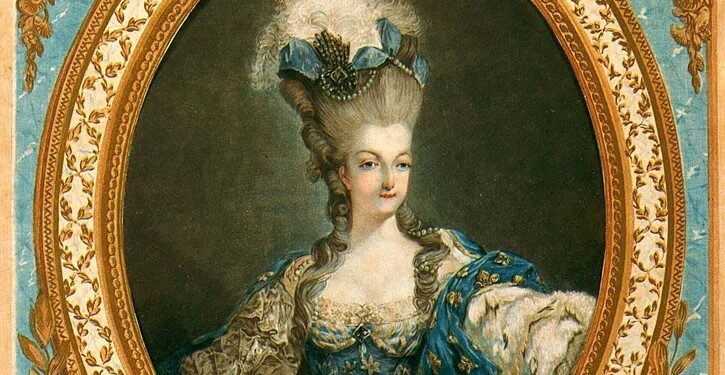On October 16, 1793, Marie Antoinette, the last Queen of France before the French Revolution, met her fate at the guillotine in Paris. Her execution marked a pivotal moment in the Revolution and the end of the French monarchy.
Born an Austrian Archduchess, Marie Antoinette married the future King Louis XVI of France in 1770 at age 14. Initially popular, she soon became a symbol of the monarchy’s excesses, earning the nickname “Madame Déficit” due to her lavish lifestyle amid France’s economic crisis.
As the Revolution gained momentum, the royal family’s position became increasingly precarious. In October 1789, revolutionaries forced them to leave Versailles for Paris. Their attempt to flee France in June 1791 further eroded public support.
With the monarchy abolished in September 1792, the former king and queen were imprisoned in the Temple fortress. Louis XVI was executed in January 1793, leaving Marie Antoinette widowed and separated from her children.
In August 1793, she was moved to the Conciergerie prison to await trial. Charged with treason, depleting the national treasury, and plotting against the French people, her two-day trial was largely a formality. The Revolutionary Tribunal found her guilty on all charges.
On the morning of October 16, Marie Antoinette was taken by cart to the Place de la Révolution (now Place de la Concorde). Witnesses described her composure and dignity in her final moments. At 12:15 pm, the 37-year-old former queen was beheaded, her execution met with cheers from the crowd.
Her famous last words, “Pardonnez-moi, monsieur. Je ne l’ai pas fait exprès” (“Pardon me, sir, I did not do it on purpose”), were spoken after accidentally stepping on her executioner’s foot.
Marie Antoinette’s death solidified the Revolution’s break with the ancien régime and became a powerful symbol of its excesses. In the centuries since, historians have debated her role and legacy, with some viewing her as a victim of circumstances and others as a contributor to the monarchy’s downfall.
Today, Marie Antoinette remains a fascinating historical figure, her life and death continuing to captivate the public imagination and serve as a cautionary tale about the dangers of inequality and political upheaval.
newshub











Recent Comments